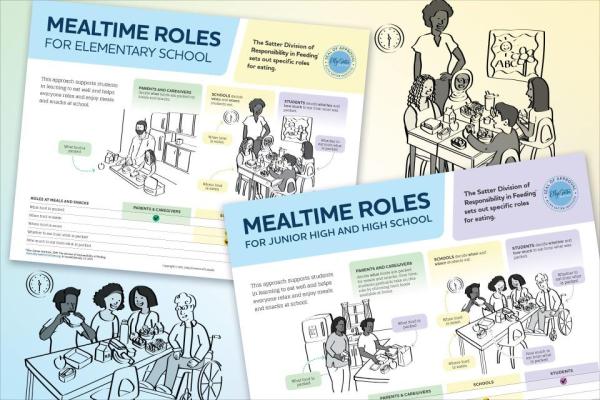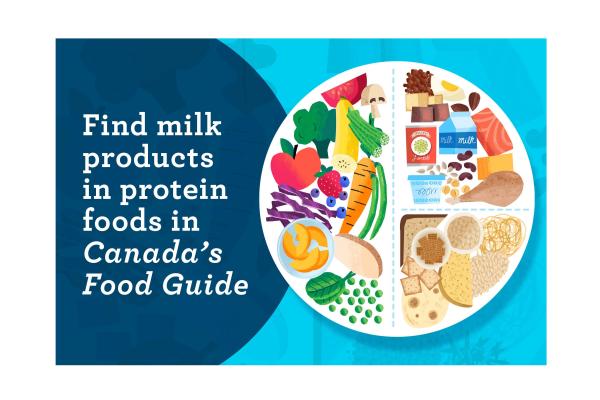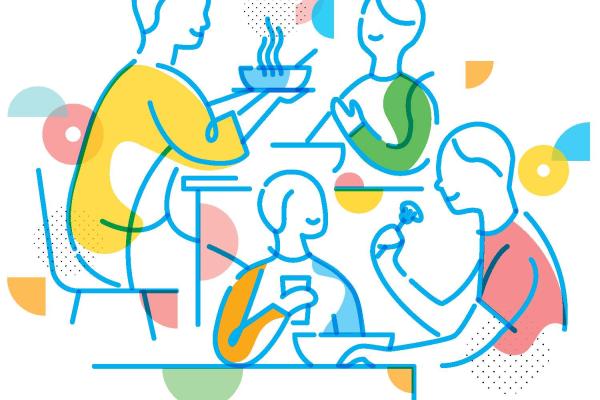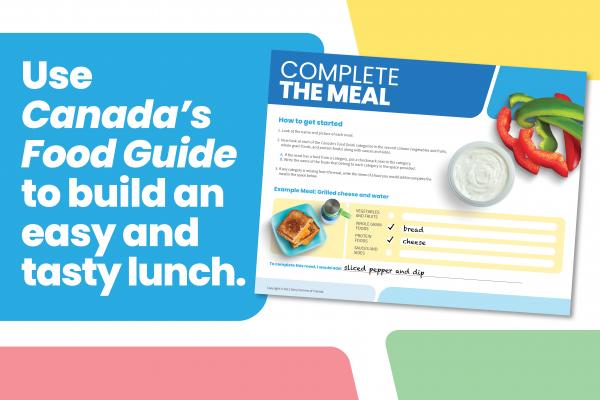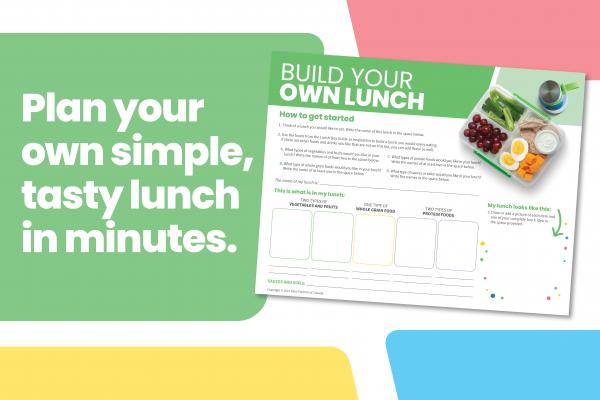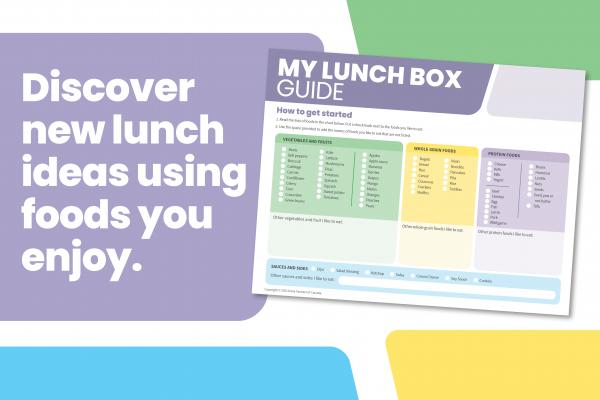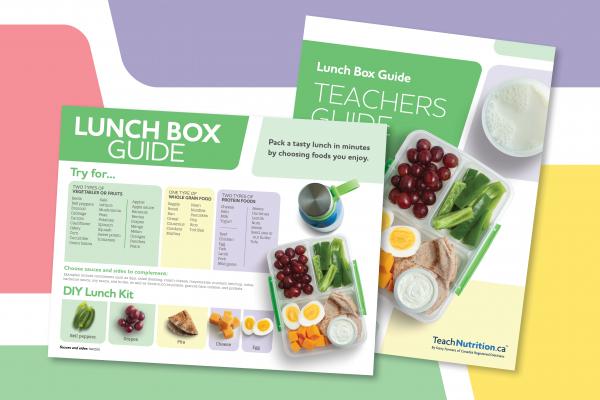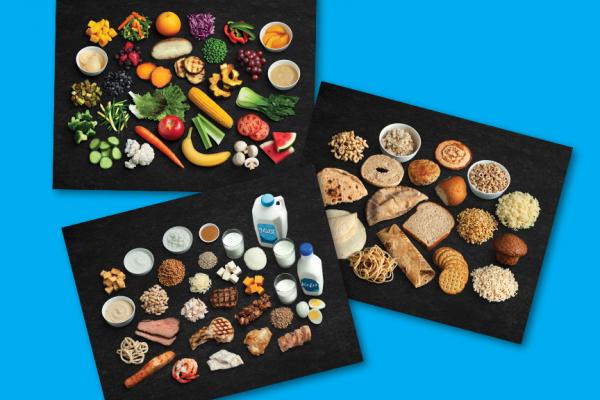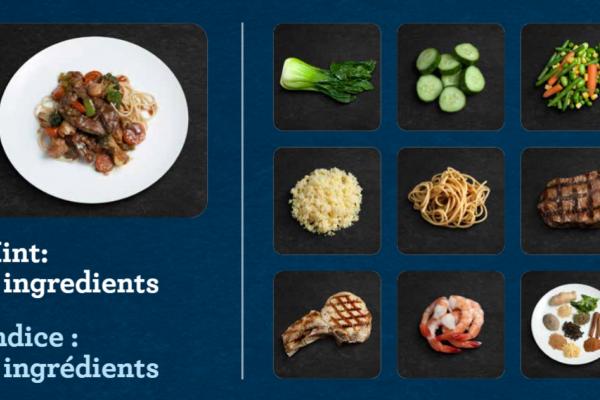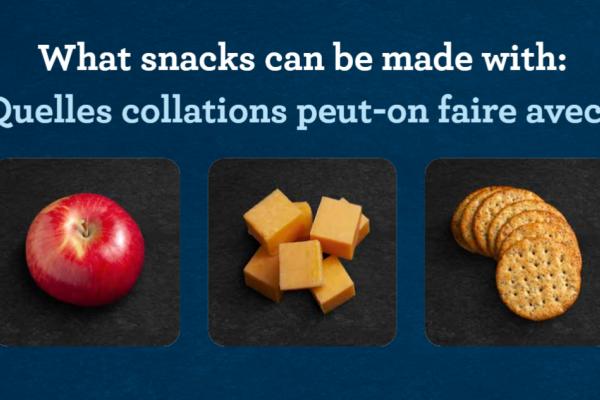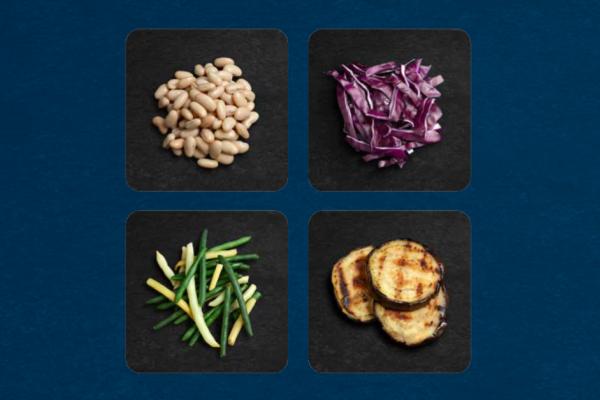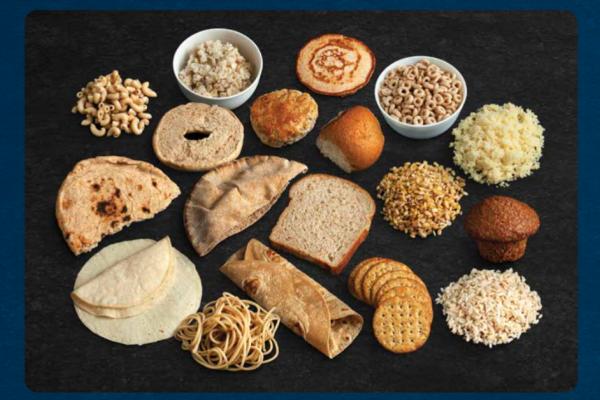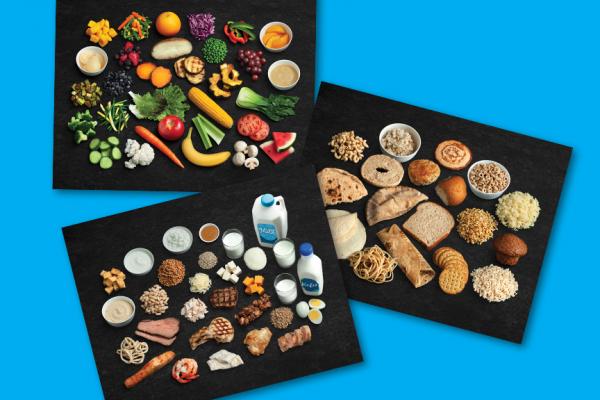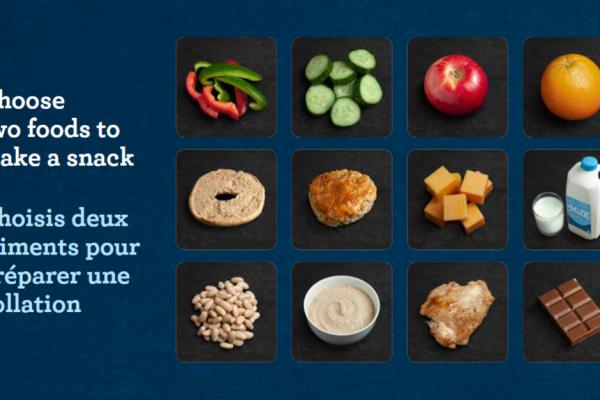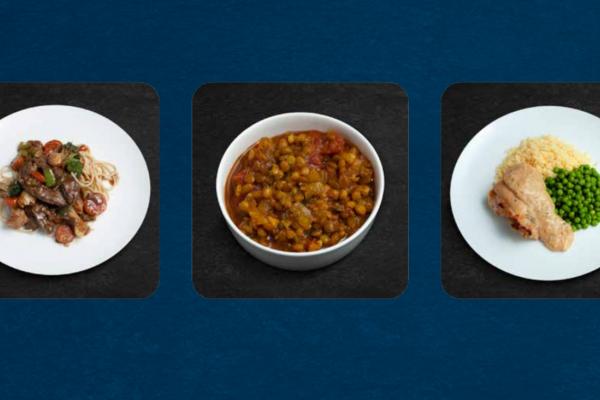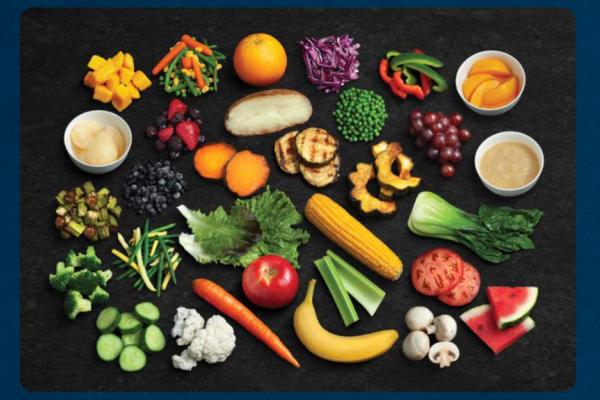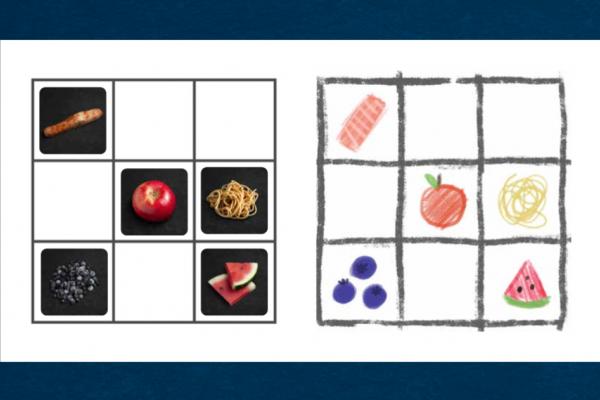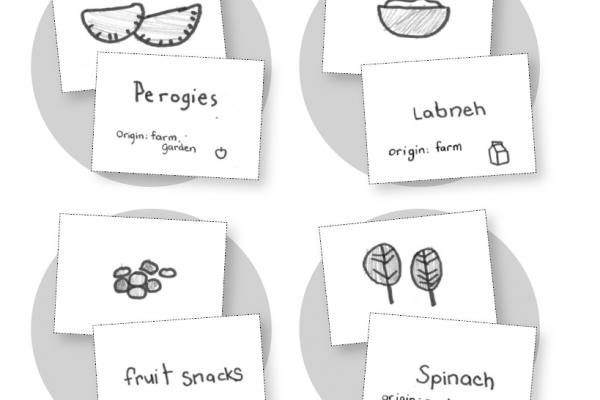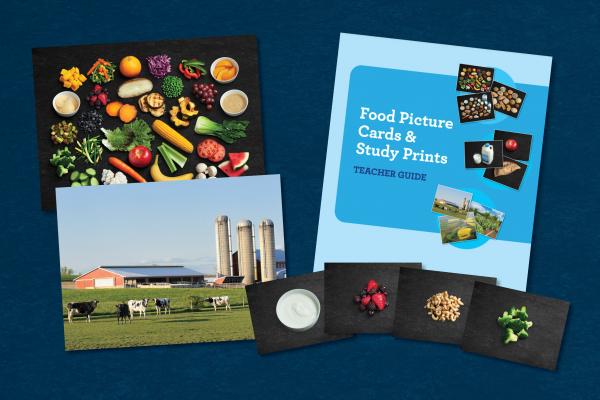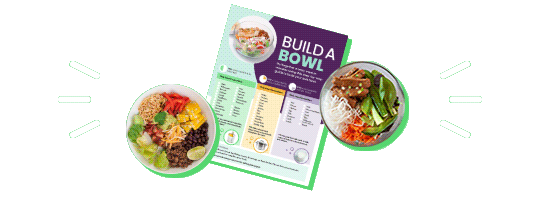Let’s Talk About Food
Explore how to talk about food and eating in the classroom. Learn how to use inclusive language rather than labelling foods as “junk food,” “foods to limit,” or “sometimes foods.” This teaching resource includes an easy to follow printable with helpful tips.
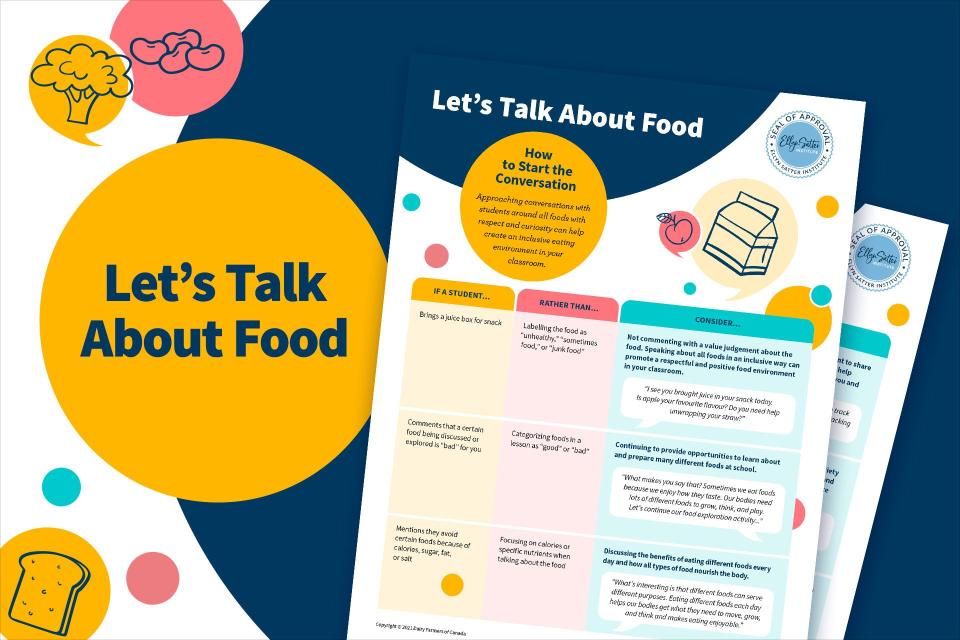
Have you noticed the Canada’s Food Guide (CFG) plate doesn’t show all foods that we eat? Vegetables and fruits, whole grain foods, and protein foods featured in CFG provide important nutrients for health and wellbeing, and there are many examples displayed on the plate. However, many other foods support nutrition and flavour and contribute to our enjoyment of food and eating that aren’t shown on the plate. For example, just because certain foods, such as spices, dressings, and sweets, are not clearly visible in CFG, it does not mean they don’t have value.
What would curry be without turmeric or chilis?
Salad without salad dressing?
A celebration without cake?
It may be tempting to label these as non-essential or “sometimes foods,” “foods to limit,” “unhealthy,” or even “junk food”, but categorizing foods this way can harm our relationship with food, causing worry or stress about eating. The way you talk about food and eating can influence how your students think about these topics. Read on for some helpful tips.
A broader perspective
The foods students are familiar with or bring to school in snacks and lunches reflect many factors. Most often, parents and caregivers make food decisions for the home and are doing their best to take care of their children with the resources available to them. Factors that influence food choices include taste, culture, food traditions, cost, time, availability, and capacity. Making space for a variety of foods in the classroom environment can help accommodate children, parents, and caregivers and support the development of a positive relationship with food.
How to reframe messages about food
You can be a champion for your students by making your classroom a judgement-free zone when talking about food. For example,
- focus on the shape, taste, and texture of foods;
- be mindful that many factors influence what foods students’ bring to school;
- encourage respectful conversations when students talk about foods they eat;
- support enjoyment of all foods.


